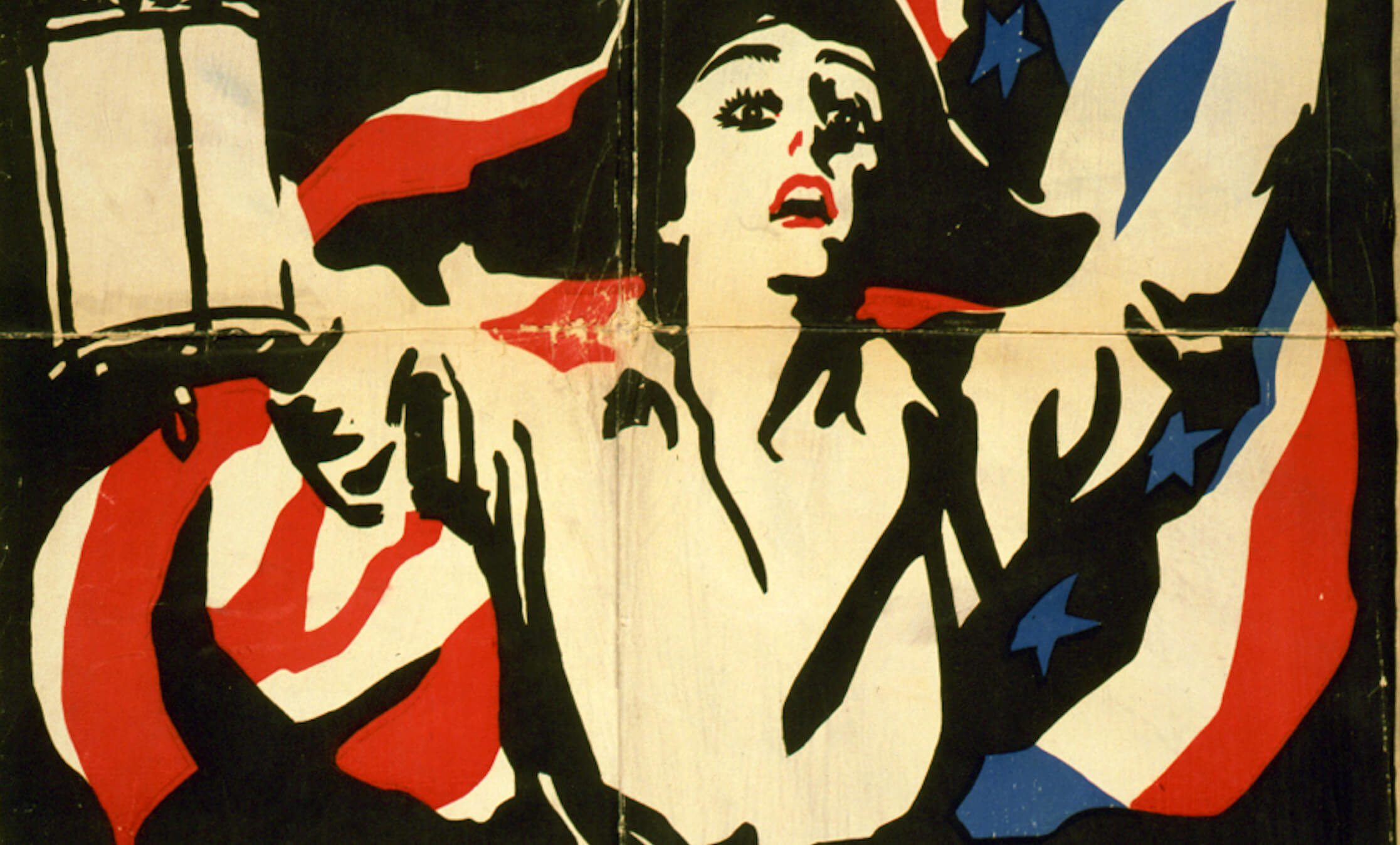Golden Ages Come and Go
Among the casualties of the First World War were many of the national cinemas of Europe, taking Italy’s silent divas and nearly everything French down with them. Denmark, neutral for the duration, lost its markets to war and, by 1917, its once flourishing Nordisk studio—built on the foundation of the salacious “white slave” genre—had its output cut in half. By 1920, its feature film releases dropped to single digits. But it wasn’t a total loss for Europe. Victor Sjöström’s 1917 film Terje Vigen was a resounding success and led to a new production model at Sweden’s leading studio, launching a golden age. Even in Denmark’s decimated industry, which in the words of film historian David Bordwell experienced “an exodus of talent that all but emptied Nordisk,” someone crucial stayed behind. Carl Dreyer, who had been scriptwriting for the once powerful Danish studio since 1912, was now in line to direct. Six of his scripts were produced in 1917 and he made his first film, The President, in 1919, from his own scenario. Denmark’s Golden Age might have come to an end, but Dreyer was just getting started.
Hooray for Hollywood
America entered the war at the tail end, in April 1917, and its industry only picked up steam. According to film historian Stephen Ross, before the war, “the United States produced slightly more than half the world’s movies; by 1919, ninety percent of the films exhibited in Europe and nearly all of these shown in South America were made in the United States.” Something else happened, too, Ross says: “It was during the war years that the modern entity we call Hollywood took form.” Independent production fell away in favor of centralization as films became longer and costlier and “a powerful studio system … moved to eliminate all competitors.” Coal rationing led to electricity shortages, so producers fled the frigid East Coast for California climes more conducive to year-round shooting. Los Angeles became the center of production and soon transcended its geographic plane to become the metaphysical repository of a century’s worth of dreams. Those dreams didn’t include all Americans however. For one, Oscar Micheaux decided to adapt his 1917 novel The Homesteader into a feature-length film, joining other independent producers telling the kinds of African American stories sorely lacking on movie screens.
City of Arc Lights
France’s Pathé, once the biggest supplier of films to the American market, came to a virtual stand-still during the war. The gap left space for American films to fill but also for a new kind of national cinema, one that fostered experimentation and welcomed artists from around the world. With the Bolshevik Revolution that October, Paris soon became home to skilled film professionals from the East who began to pick up the slack in French filmmaking. In fact, an entire “Lost Generation” famously found itself in Paris—writers, painters, photographers, musicians, performers, filmmakers, pushing past the limits of known forms and, specific to cinema, forging an artistic narrative tradition that distinguishes French moviemaking to this day—the costs of war their frequent subject.
The Battle for Hearts and Minds
Already on the forefront of using film for war propaganda, Britain changed the game with The Battle of the Somme. The 1916 feature-length documentary provided moviegoers with a lasting impression of the western front (rows of trenches, barbed wire) and the government with a powerful new tool. Britain stepped it up once again in 1917 by inviting America’s most famous filmmaker, D.W. Griffith, to create “an authentic history of the World War” on the Crown’s dime. Lillian Gish later said of the resulting Hearts of the World that “Its depiction of German brutality bordered on the absurd” and that the director regretted it, telling her “War is the villain not any particular people.” (He proved it in 1924 when he shot Isn’t Life Wonderful in Berlin.) American producers began to bank on wartime propaganda as the U.S. moved away from neutrality and toward putting boots on European battlegrounds. In 1917, Mary Pickford played a plucky heroine who survives a German U-boat attack in the Cecil B. DeMille-directed The Little American. Before long, America’s Sweetheart was on tour with Douglas Fairbanks and Charles Chaplin shilling for Liberty Bonds. Through the Committee on Public Information, Woodrow Wilson speechwriter George Creel deployed the Four-Minute Men into neighborhood movie theaters beginning in 1917 in order to spread pro-war propaganda. “How can we reach them?” Creel wrote. “Not through the press, for they do not read; not through patriotic rallies, for they do not come. Every night eight to ten million people of all classes, all degrees of intelligence, black and white, young and old, rich and poor meet in the moving picture houses of this country.” Simultaneously, according to film historian Richard Koszarski, “the U.S. Army Signal Corps established a training school at Columbia University … Among those who passed through this program either as students or instructors were Josef von Sternberg, Alan Crosland, Ernest B. Schoedsack, Irvin Willat, and Lewis Milestone.” Behind in the movie propaganda game, Germany didn’t catch up until a July 1917 letter to the country’s Ministry of War urged action: “the war has demonstrated the supremacy of picture and film as instruments of education and influence.” Ufa—future home of Ernst Lubitsch, Fritz Lang, F.W. Murnau—officially came into being on December 18, 1917. The year’s repercussions continued. Less than a decade after the Russian Revolution, a new generation of filmmakers was deployed by the Soviet government to one aim: unify its vast, diverse population into a single heart and mind.
Based on Shari Kizirian’s 2014 article “The Cinematic Legacy of World War I” published on Fandor’s daily blog.

